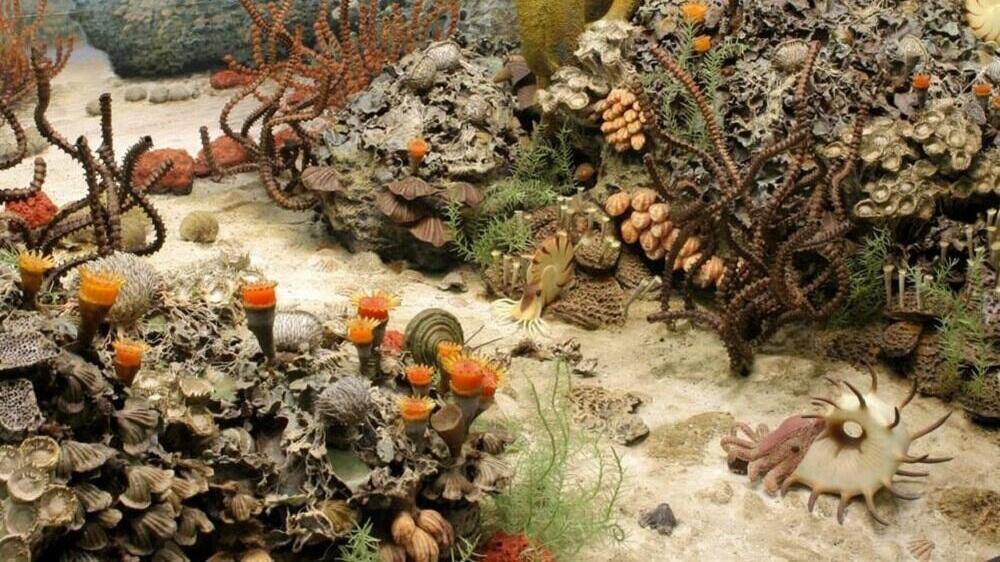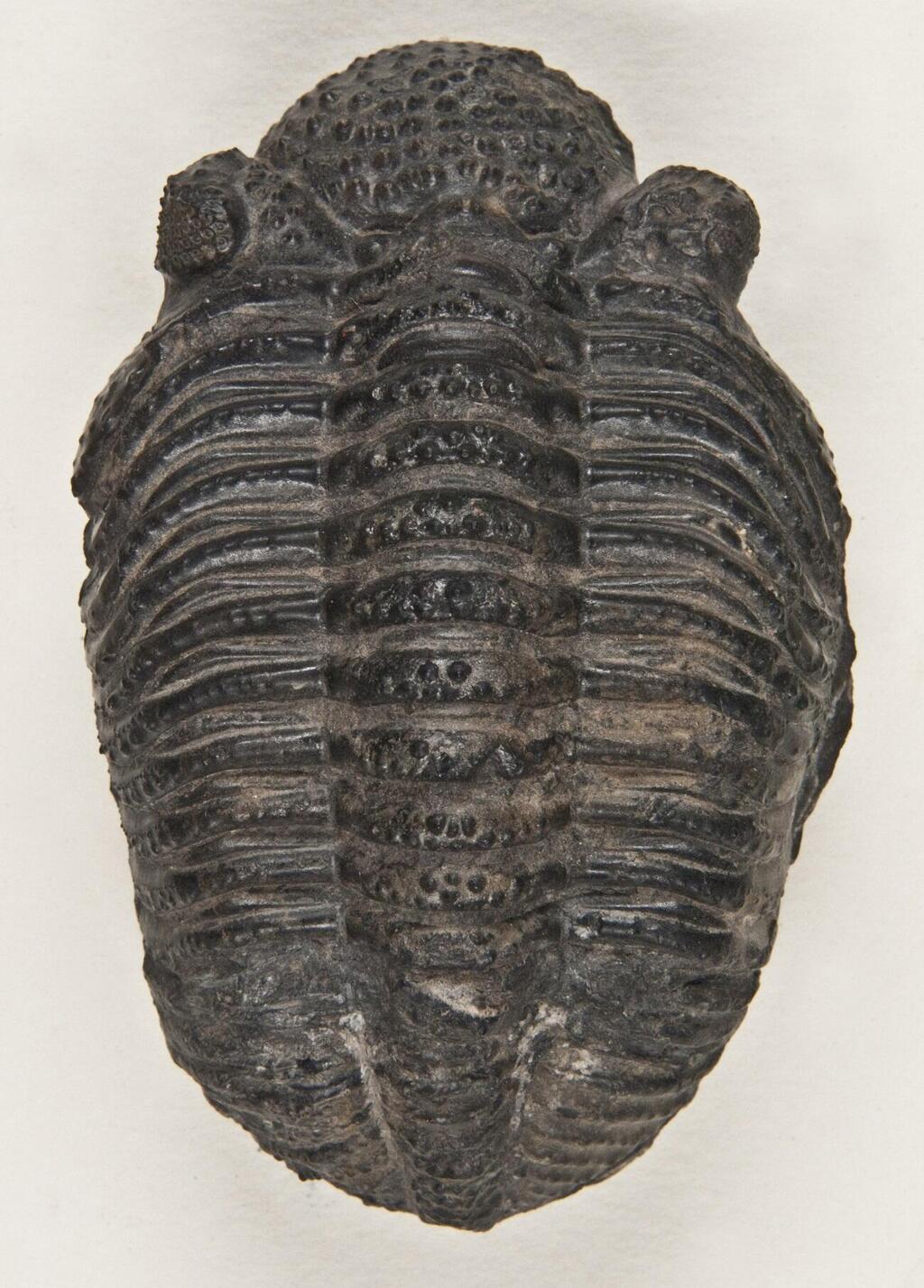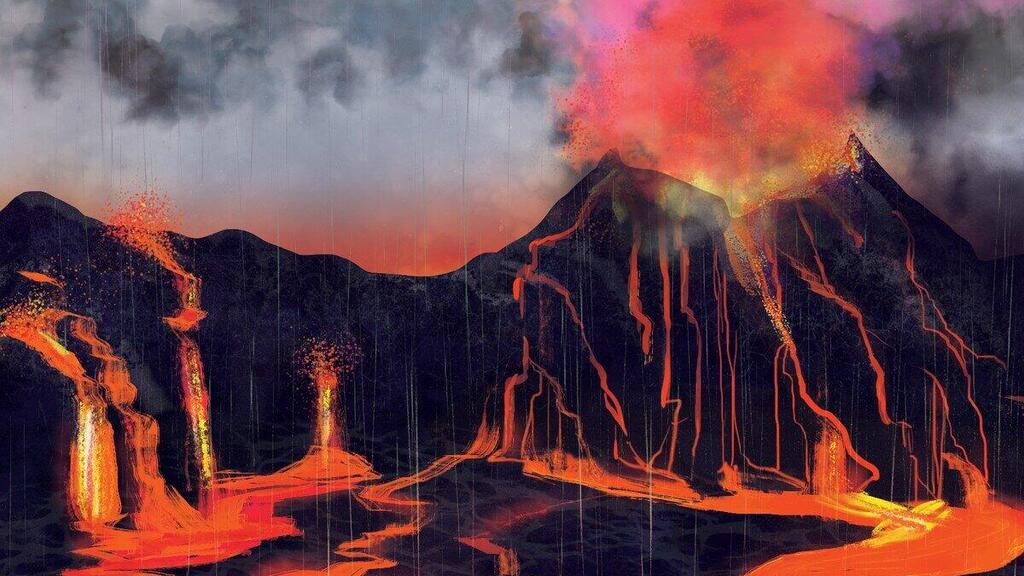Long before the dinosaurs roamed the Earth, our planet was ruled by animals that were in many ways even more amazing. Many of these animals, however, perished in a mass extinction event during the Capitanian age about 260 million years ago.
Related Stories:
Now, an international team of researchers has presented evidence suggesting that this mass extinction was not a singular event, but rather two separate events that occurred almost 3 million years apart. Interestingly, both were caused by the same factor: massive volcanic eruptions.
Analysis of uranium isotope samples collected from the South China Sea has led to the identification of two time periods during which the oceans lacked oxygen, causing two mass extinctions about 259 and 262 million years ago, during the Middle Permian period, according to the new study published in the Earth and Planetary Science Letters journal.
By learning about these ancient extinctions, researchers can better predict how modern global warming could affect the ocean’s food chain. "We’re studying the bio-crisis during the Permian period, but similar global warming is happening today due to human activity," said Thomas Algeo, a geology professor at the University of Cincinnati and one of the study's authors.
According to Algeo, human activity is imitating the effects of volcanic eruptions, which release carbon into the atmosphere.
"Today we are dealing with a number of issues related to global climate change, including global warming, ocean hypoxia (low oxygen levels), acidification of seawater, and declining biodiversity,” added Prof. Huyue Song of the China University of Geosciences, who was also involved in writing the article.
“These issues are similar to the environmental changes that occurred during the biological crisis of the Middle Permian period."
3 View gallery


Oceans during the Permian period
(Illustration: University of Michigan Museum of Natural History)
The researchers agree on the five mass extinctions, considered the biggest of all, including the Permian-Triassic extinction that occurred 252 million years ago and is also known as the "Great Dying".
During this extinction event, around 90% of marine species, more than 90% of marine animals, and 70% of terrestrial animals went extinct. This disaster was also caused by intense volcanic activity that turned the ocean into an almost lifeless habitat.
"The Capitanian extinctions aren’t among the big five, but they are certainly significant," said Algeo. According to him, massive volcanic eruptions created a short period of cooling in the upper atmosphere that reflected the sunlight, followed by much longer periods of global warming.
The release of large amounts of greenhouse gases warmed the oceans, while the warm surface waters prevented dissolved oxygen from reaching deeper waters, ultimately destroying the food chain.
One way that researchers identify these massive volcanic eruptions is by searching for mercury layers in sedimentary deposits.
3 View gallery


A trilobite, an animal that went extinct during the Permian-Triassic extinction
(Photo: Wikipedia)
"Large volcanic eruptions release ash into the Earth's atmosphere, which eventually settles and settles in marine sediments," Algeo explained.
Scientists said that the volcanic eruptions that caused the "Great Dying" originated in Siberia, while the eruptions that caused the two recent mass extinctions in the current study occurred in southwestern China in a region now known as the Emeishan Traps.
The area is a volcanic province made up of basalt flows that are sometimes referred to as the Permian Emeishan Large Igneous Province.
Algeo said that he wants to see if any terrestrial evidence supports the conclusions drawn from the ancient ocean research, while being optimistic that geology will reveal more mysteries about prehistoric life on Earth.
“Over the past 40 years, we have made tremendous strides in understanding the Earth's past, in part because we have new tools that we are actively using and many more people working in this field than we had a generation ago,” Algio said.
“We need to pay attention to these environmental issues and prevent the next mass extinction,” Prof. Song added, emphasizing the destructive implications that could result from global warming.


